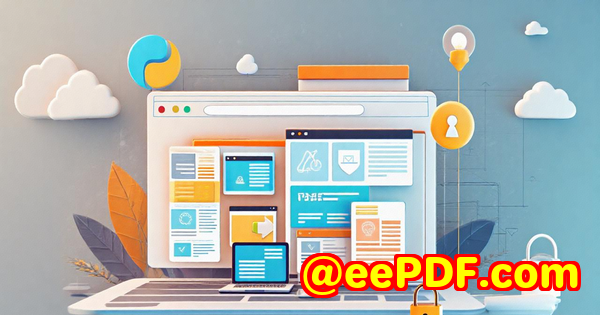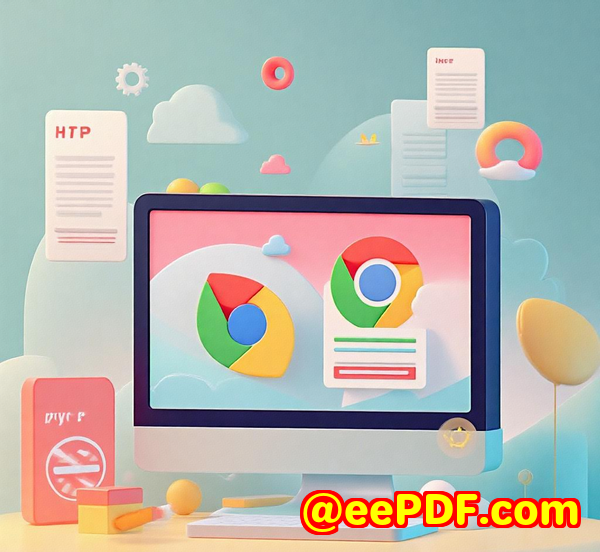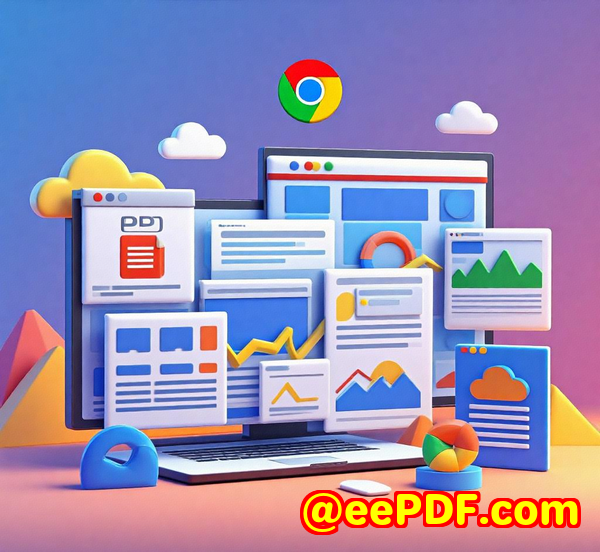The Easiest Way to Split, Merge, and Organize PDF Pages with imPDF REST API
The Easiest Way to Split, Merge, and Organize PDF Pages with imPDF REST API
Every week, I'd find myself tangled in the mess of PDFs merging contracts, splitting reports, rearranging pages to fit client needs. If you've ever wrestled with clunky PDF tools that crash or slow down right when you need them most, you know exactly what I mean. Trying to automate these tasks was a nightmare until I stumbled on the imPDF PDF REST APIs for Developers.

If your job means handling heaps of PDFs, whether you're a developer, legal professional, or someone managing document-heavy workflows, this tool could save you a ton of headaches and hours of manual work.
Why I Chose imPDF's PDF REST API
I'm a developer by trade, and automation is my jam. But integrating PDF handling into projects always felt like hitting a wall. Sure, there are many tools out there, but most are either too limited or demand a ton of setup. That's when I discovered imPDF REST APIs a powerful, lightweight cloud-based service built specifically for developers who need to manipulate PDFs seamlessly.
The standout? These REST APIs don't just cover the basics like splitting or merging PDFs; they handle everything from converting PDFs to Word or Excel, editing pages, compressing files, adding watermarks, right through to advanced security features like DRM protection and digital signatures. And you can call all this from any programming language truly plug and play.
What Does imPDF PDF REST API Do?
At its core, imPDF offers a full suite of PDF processing capabilities:
-
Split PDF REST API lets you slice a large PDF into smaller chunks, page ranges, or single pages.
-
Merge PDF REST API combines multiple PDFs into a single, cohesive document.
-
Move, Delete, Rotate PDF Pages REST APIs give granular control over page order and orientation.
-
Compress PDF REST API reduces file sizes without losing quality.
-
PDF to Word, Excel, HTML, JPG and many more conversions make it easy to repurpose content.
-
Sign PDF REST API and Protect PDF REST API help secure and authenticate documents.
-
OCR and Table Extraction APIs turn scanned documents into editable and searchable files.
These are just the tip of the iceberg, but what really sold me was the ease of integration and how comprehensive the toolset is.
Who Needs This?
If you're a developer building apps that manage PDFs, this API is a lifesaver. But it's not just coders. Here's who benefits most:
-
Legal teams processing large volumes of contracts needing to split, merge, or redact quickly.
-
Accounting and finance departments converting PDFs into Excel for analysis or audit.
-
Content publishers assembling reports or ebooks with complex page layouts.
-
Software companies offering document management features within their apps.
-
Any organisation looking to automate PDF workflows without juggling multiple software.
How I Used imPDF REST API Real World Wins
Let me share some highlights from my experience.
1. Splitting and Merging PDFs with Precision
I had to automate a workflow for a client who frequently needed to extract specific pages from large documents and send them as separate files. Using the Split PDF REST API, I could specify page ranges with a simple API call. No fuss, no manual cutting.
Later, combining multiple contract amendments into a single file was just as effortless with the Merge PDF REST API. It respected the original formatting perfectly, no hiccups. This was a massive time-saver compared to clunky desktop apps that often messed up the order or fonts.
2. Editing Pages on the Fly
The ability to rotate, move, or delete pages programmatically blew me away. One use case involved automating compliance checks where certain pages had to be redacted or removed based on content. The Delete PDF Pages REST API and Redact PDF REST API worked seamlessly in these scenarios.
3. Conversion Power
I also tapped into the PDF to Word and PDF to Excel REST APIs when clients needed editable versions of scanned reports. The accuracy was surprisingly good, especially with tables and layouts preserved well. This made repurposing data effortless.
Why imPDF Stands Out Compared to Other Tools
I've tried several other PDF APIs and libraries. Here's what makes imPDF better in my book:
-
Speed & Reliability: It's fast, cloud-based, and never crashes mid-process.
-
Comprehensive API suite: It's rare to find a single provider covering everything from splitting, merging to OCR and DRM.
-
Language-agnostic: Works with any language Python, Java, PHP, you name it.
-
Instant testing & code generation: The API Lab lets you experiment online and even generates code snippets. This cut my dev time by days.
-
Cost-efficient: Because it's cloud-based, you don't need to invest in heavy infrastructure or maintain complex software.
Wrapping It Up: Why You Should Try imPDF REST API
In a world where document workflows are becoming increasingly complex, having a dependable and flexible PDF tool is non-negotiable.
imPDF PDF REST APIs make splitting, merging, editing, and converting PDFs not just doable but downright enjoyable. It's saved me countless hours and simplified processes that once felt like a slog.
If you're dealing with large volumes of PDFs especially as a developer or business professional I'd highly recommend giving imPDF a try. The range of APIs and ease of use are just unmatched.
Start your free trial now and boost your productivity: https://impdf.com/
Custom Development Services by imPDF.com Inc.
Beyond the REST APIs, imPDF.com Inc. offers tailored development services to meet your specific technical needs.
Whether your environment is Linux, macOS, Windows, or server-based, their team can build custom PDF processing utilities leveraging Python, PHP, C/C++, Windows API, JavaScript, C#, .NET, and more.
They specialise in creating:
-
Windows Virtual Printer Drivers for PDFs, images, and EMF formats.
-
Tools for intercepting and monitoring printer jobs.
-
System-wide hook layers to capture Windows API calls, including file access.
-
Advanced document processing for PDFs, PCL, PRN, Postscript, Office files.
-
OCR, barcode recognition, and table extraction technologies.
-
Cloud solutions for document viewing, digital signatures, and DRM security.
If your project demands something beyond out-of-the-box, reach out via their support centre: https://support.verypdf.com/
FAQs
Q1: Can I use imPDF REST APIs with any programming language?
Absolutely. imPDF REST APIs are language-agnostic. You can integrate them with Python, Java, PHP, .NET, JavaScript, and more.
Q2: How do I test imPDF APIs before integrating?
imPDF offers an API Lab where you can upload files, tweak options, and get instant results plus auto-generated code snippets.
Q3: Is there a limit on file size or number of API calls?
Limits depend on your subscription plan. The free tier allows you to explore the APIs, while paid plans support higher volumes and larger files.
Q4: Does imPDF support OCR for scanned PDFs?
Yes, imPDF has OCR capabilities to convert scanned documents into searchable and editable files, including table recognition.
Q5: Can I automate PDF security features like adding watermarks or digital signatures?
Yes, there are dedicated REST APIs for watermarking, signing, protecting, and unlocking PDFs programmatically.
Tags / Keywords
-
PDF REST API for developers
-
automate PDF splitting and merging
-
PDF workflow automation tool
-
PDF conversion API
-
secure PDF processing API



